The College Administrator's Survival Guide
C. K. Gunsalus
Late one afternoon, as you are organizing your new office as department chair, one of the senior members of the department drops by. He affably informs you of his plans for the coming semester: that contrary to the published class schedule, he only teaches on Tuesday afternoon, Wednesday, and Thursday morning, so as to have the weekends free for travel; that he expects the office staff to start his coffeemaker by 10 a.m. sharp on his teaching days; and that since he hasn't been assigned a research assistant, his teaching assistant will do research tasks, including errands. What do you say? What do you do?
Never mind budgets or curriculum reform: staff problems can be the most thorny of any academic administrator's job. Every day, professors who have never run anything bigger than a seminar find themselves in charge of a complex and volatile organization called a Department of English (or Biology, or Sociology, or Textile Marketing). What should they do?
In this book, a widely respected advisor on academic administration and ethics offers tips, insights, and tools on handling complaints, negotiating disagreements, responding to accusations of misconduct, and dealing with difficult personalities. With humor and generosity, C. K. Gunsalus applies scenarios based on real-life cases, examples from negotiation, law, and child-rearing to guide novice (and experienced) academic administrators through the dilemmas of management in not-entirely-manageable environments.
0674023153
The Nikon Creative Lighting System: Using the SB-600, SB-800, SB-900, and R1C1 Flashes
Mike Hagen
Flash photography, especially advanced light modeling with modern iTTL flash systems, has become an art by itself, which should be mastered by every aspiring amateur photographer - and even professionals are often helpless when it comes to using the full potential of these systems.
Many photographers are already well versed in photography but don't have a clue about flash photography. It is a brand new world, so the book starts at a basic level and then moves up from there so that advanced users also gain insight.
The book shows a simple, step by step method for setting up and using the newest Nikon iTTL flash units. It solves people's frustrations with flash and specifically, shows them how to use their SB-900, SB-800 and SB-600 strobes. It also has a complete chapter showing system configuration so readers can duplicate the photos on their own.
The book teaches everything you want to know about using Nikon's iTTL flash system. It shows all the steps required to set up consistent and amazing flash photos.
1933952415
The Ten-Cent Plague: The Great Comic-Book Scare and How It Changed America
David Hajdu
In the years between World War II and the emergence of television as a mass medium, American popular culture as we know it was first created—in the pulpy, boldly illustrated pages of comic books. No sooner had this new culture emerged than it was beaten down by church groups, community bluestockings, and a McCarthyish Congress—only to resurface with a crooked smile on its face in Mad magazine.
The story of the rise and fall of those comic books has never been fully told—until The Ten-Cent Plague. David Hajdu’s remarkable new book vividly opens up the lost world of comic books, its creativity, irreverence, and suspicion of authority.
When we picture the 1950s, we hear the sound of early rock and roll. The Ten-Cent Plague shows how—years before music—comics brought on a clash between children and their parents, between prewar and postwar standards. Created by outsiders from the tenements, garish, shameless, and often shocking, comics spoke to young people and provided the guardians of mainstream culture with a big target. Parents, teachers, and complicit kids burned comics in public bonfires. Cities passed laws to outlaw comics. Congress took action with televised hearings that nearly destroyed the careers of hundreds of artists and writers.
The Ten-Cent Plague radically revises common notions of popular culture, the generation gap, and the divide between “high” and “low” art. As he did with the lives of Billy Strayhorn and Duke Ellington (in Lush Life) and Bob Dylan and his circle (in Positively 4th Street), Hajdu brings a place, a time, and a milieu unforgettably back to life.
0374187673
Internet Core Protocols : The Definitive Guide
Eric A. Hall
For network administrators, support professionals, and system designers, intimate knowledge of the network protocols that are the foundation of the Internet is crucial. Internet Core Protocols: The Definitive Guideis a superb summary of the nitty-gritty details of the most important Net standards.
This book assumes you have a working knowledge of networks and a basic familiarity with TCP/IP. Unlike the cursory coverage of TCP/IP found in many Internet titles, this presentation includes low-level details that aid in troubleshooting. It also includes a copy of Shomiti Surveyor Lite—a utility for analyzing network traffic. Extensive screen shots of Surveyor Lite also illustrate data fields.
Each protocol is examined closely, using network diagrams and detailed breakdowns of the fields and flags. In addition to TCP, IP and UDP, there is far-reaching discussion of multicasting and error communication protocols, including practical application issues such as caching and timeouts to provide a real-world perspective.
In addition to an education into the particulars of the Net's underpinnings, this book is an excellent reference tool. —Stephen W. Plain
Topics covered: TCP/IP overview, Internet Protocol (IP), Address Resolution Protocol (ARP), Multicasting, Internet Group Management Protocol (IGMP), Internet Control Message Protocol (ICMP), User Datagram Protocol (UDP), and Transmission Control Protocol (TCP).
1565925726
Dictionary of American Regional English: I-O (Dictionary of American Regional English)
Frederic Gomes Cassidy Joan Houston Hall
Every page in this new volume of the Dictionary of American Regional English makes it wonderfully clear that regional expressions still flourish throughout the United States.
Depending on where you live, your conversation may include such beguiling terms as paddybass (North Carolina), pinkwink (Cape Cod), or scallyhoot (West); if you're invited to a potluck dinner, in Indiana you're likely to call it a pitch-in, while in northern Illinois it's a scramble; if your youngsters play hopscotch, they may call it potsy in Manhattan, but sky blue in Chicago.
Like the popular first three volumes of DARE, the fourth is a treasure-trove of linguistic gems, a book that invites exclamation, delight, and wonder. More than six hundred maps pinpoint where you might live if your favorite card games are sheepshead and skat; if you eat pan dulce rather than pain perdu; if you drive down a red dog road or make a purchase at a racket store; or if you look out your window and see a parka squirrel or a quill pig.
The language of our everyday lives is captured in DARE, along with expressions our grandparents used but our children will never know. Based on thousands of interviews across the country, the Dictionary of American Regional English presents our language in its infinite variety. Word lovers will delight in the wit and wisdom found in the quotations that illustrate each entry, and will prize the richness and diversity of our spoken and written culture.
0674008847
|
Face Off: How to Draw Amazing Caricatures & Comic Portraits
Harry Hamernik
The New Authoritative Guide on Drawing Cool Comic Portraits *Features 30 step-by-step demonstrations for easy reference *Presented with a sense of humor and a cool design to set it apart from dated competitors *Appealsl to the wide trade market of 13-year-old-plus beginners Anyone can learn to draw sharp and cool caricatures with Face Off. Presented in an entertaining style, the easy-to-learn techniques and basic processes will make the art of comic portrait drawing simple, even for young beginners. Readers will learn how to draw specific features for the front, ¾, and profile views, as well as how to color their art and find inspiration from a gallery of collected works.
1581807597
|

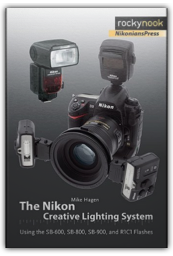
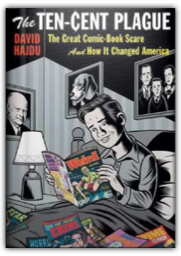
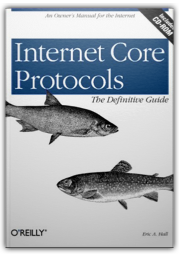
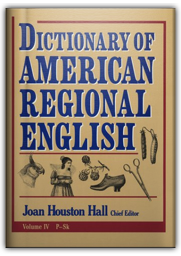
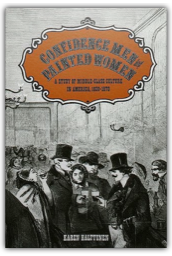
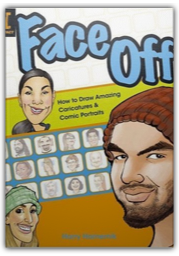






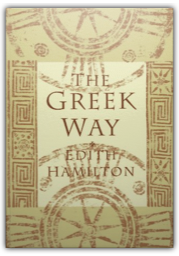


 Made with Delicious Library
Made with Delicious Library